Traffic Signs, An Evolution of Road Signs from 1925 to Present
Information sources:本站 | Release date:
2020-05-13
| Browse volume:1524
Summary:Traffic Signs-An evolution of road signs from 1920s to the present day1914First Traffic Signs are made in US. The line grew from “carved in” or routed metal signs to soon include street signs, yellow stop signs and one-way street signs. The dramatic…
Traffic Signs-An evolution of road signs from 1920s to the present day
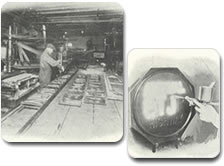
1914
First Traffic Signs are made in US. The line grew from “carved in” or routed metal signs to soon include street signs, yellow stop signs and one-way street signs. The dramatic increase in the number of cars and then pedestrian deaths required increased regulations and new ways to look at urban streetscapes.
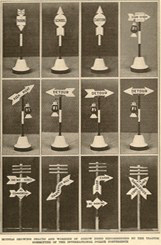
1920
New York City's Deputy Chief Inspector of Police proposes a universal system of arrow-shaped road signs, reflecting a mounting concern around the country for road sign standards and their impact on road safety.1927
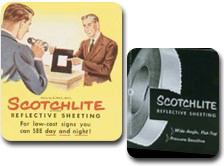
1939
Harry Heltzer designs the first retroreflective tape, using small glass beads to increase the reflectivity of the center striping on highways at night.
When he couldn't make his reflective tape stick to the road in cold weather, he adapted it to be used on road signs. On September 1, the first sign with 3M ScotchliteTM Reflective sheeting was erected on a Minneapolis street.1940
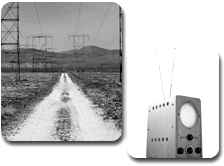
1940
The United States' first freeway, the Arroyo Seco, is built, connecting downtown Los Angeles with Pasadena. The limited access and toll-free highway is now known as Highway 110.1944
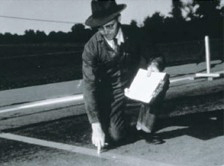
1944
3M researchers develop new beads that reflect more light and are more weather resistant. These beads are still used today in reflective fabric and bicycle tires.
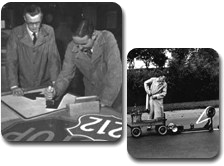
1946
CenterLite pavement marking material is introduced.
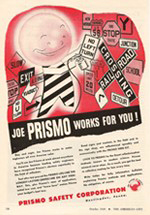
1947
Prismo Safety Corporation develops the Prismo Life-Line, the most reflective and longest lasting highway center line available on the market.
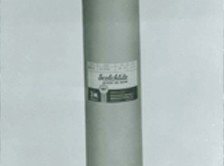
1948
Engineer Grade sheeting is produced at the 3M Cottage Grove facility, making it possible to apply lettering and weather-resistant transparent inks to reflective signs.
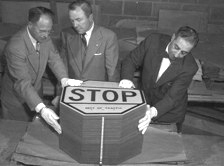
1954
Sales of 3M Engineer Grade Reflective Sheeting soar, and a new plant in Guin Alabama is built to manufacture 3M Reflective Sheeting. In later years, additional plants were built worldwide.
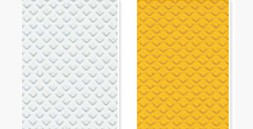
1956
President Eisenhower signs the Federal-Aid Highway Act, further funding the interstate program. The act effectively rejuvenates the interstate system, which was recovering from the debilitating effects of the Great Depression and World War II.
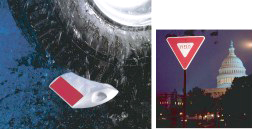
1956
Highway engineers, working to expand the interstate system, haphazardly design the font Highway Gothic to be used as the standard font for signs across the country.
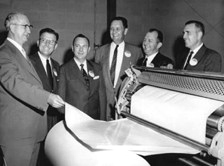
1960
GreenLite pavement marking material is introduced.
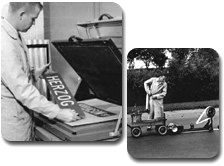
1965
Scotch-Lane reflective and non-reflective pavement marking materials and application equipment are introduced.
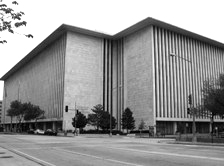
1966
The Department of Transportation is established, providing quick and accessible transportation for the growing nation.
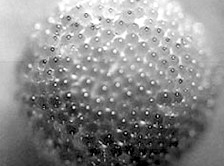
1970
A new, whiter glass bead is developed, which can be made with 30% less energy.
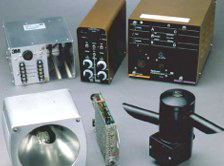
1971
3M High Intensity Grade Reflective Sheeting sets a new standard with increased durability and three times the brightness of previous sheeting.
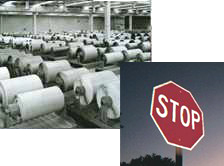
1976
Starmark Pavement Markings set the standard in pavement markings, achieving significantly higher levels of brightness and durability.
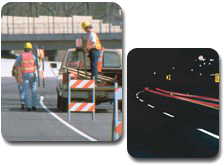
1980
3M develops and markets a full line of reflective signs and pavement marking products for the work zone.
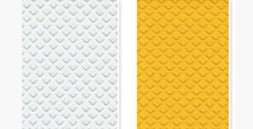
1986
Starmark patterned pavement marking tape is introduced.
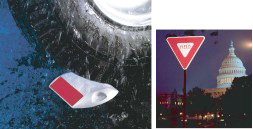
1986
Raised pavement markings are introduced.
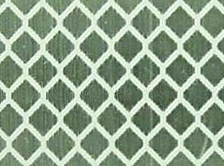
1988
Market testing for 3M Diamond Grade Reflective Sheeting begins. Its microcube corners reflect a significantly higher percentage of light than previous reflective sheeting.
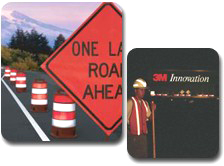
1989
Durable Fluorescent technology is introduced, using fluorescent orange in work zones.
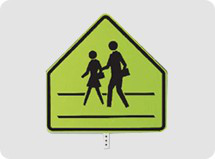
1992
3M introduces Durable fluorescent yellow green non-motorized crossing signs.
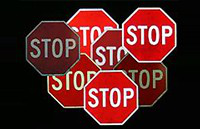
1993
The United States Congress passes legislation that proposes establishing a "standard for the minimum level of retroreflectivity that must be maintained for traffic signs and pavement markings."
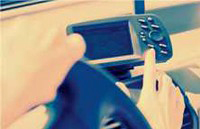
1993
Global Positioning Systems (GPS's) are invented, allowing a person to pinpoint his or her exact location on earth via a network of orbiting satellites.
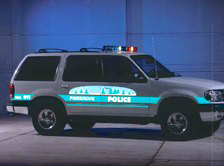
1994
3M introduces Diamond Grade Visual Impact Performance (VIP) sheeting; the industries only type IV reflective sheeting.
China local manufacturers start to reach for the process of producing for reflective materials.
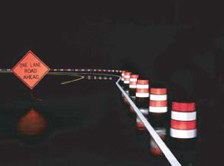
1999
New, highly-reflective microcrystalline ceramic beads are used in highway marking paint, making it three times brighter than conventional markings.
China local manufacturers solved the main raw materials and process for producing of commercial grade and engineering grade reflective film and reflective fabric and heat transfer films.
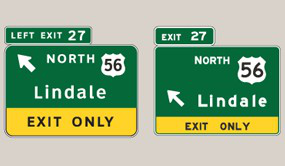
2004
The Federal Highway Administration grants Clearview, a newly designed font, approval to be used on road signs across the country. Tests of Clearview (on the left) show enhanced legibility.
China local manufacturers solved the process for producing of high intensity grade reflective films.2008
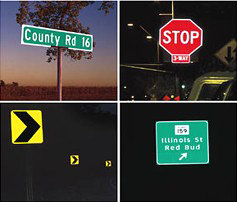
2008
The Federal Highway Administration's Minimum Levels of Retroreflectivity for traffic signs goes into effect, giving agencies seven years to replace regulatory, warning, and ground-mounted sings, and ten years to replace street name signs and overhead signs. Standards specify that parking signs, in almost all cases, must be reflective.
China local manufacturers start reach for the process of producing of micro-prismatic retro-reflective film.
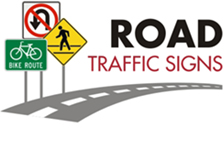
2009
Updated RoadTrafficSigns.com is launched. It is the first completely searchable and comprehensive database of Road signs that can be ordered online by municipal, governmental and private property customers. Find over 5,000 different designs and materials. Download a free PDF of the official MUTCD signs or one of your own custom signs.
China local diamond grade retro-reflective sheeting are still in development and trial production stage.
2013
Some of China manufacturers solved main problems of producing for micro-prismatic retro-reflective film and start mass production.





























